Comments / Questions (34)
![]() Maria wrote:
Maria wrote:
Hur jag än räknar på mönstret efter halskant str M får jag inte maskantalet att stämma. När jag gjort *-* över 15 m andra gången blir det 99m jag har då en del av mönstret kvar att sticka med 6m.
02.03.2025 - 09:28DROPS Design answered:
Hei Maria. Så flott at du fant du at det selv :) mvh DROPS Design
10.03.2025 - 08:22
![]() Susanne Behrens wrote:
Susanne Behrens wrote:
Guten Abend, ich habe nochmals eine Frage. Ich habe jetzt die 6 Verzopfungen gestrickt. Jetzt wird am Ärmel nicht mehr zugenommen. Optisch finde ich das nicht schön. Gibt es eine Möglichkeit den Zopf im Arm zu stricken und die 3 zugenommenen Maschen an anderer Stelle wieder abzunehmen, damit der Arm nicht weiter wird.
18.02.2025 - 18:39DROPS Design answered:
Liebe Frau Behrens, vielleicht können Sie dann die Maschen von A.1 und A.2 am Anfang/Ende von den Ärmeln einfach zöpfen ohne zuzunehmen? Viel Spaß beim Stricken!
19.02.2025 - 07:20
![]() Susanne Behrens wrote:
Susanne Behrens wrote:
Guten Abend, ich verstehe A4 nicht. Ich bin in der ersten Runde von A3 und A4. Da heißt es, 2M von die Nd. Legen, dann 1 re M, 1U, 1re, 1U, 1re M. Das passt nicht. Ich habe ja aus A2 nur 4 M . Oder ist es so , dass nur 1 M auf die Zopfnadel gelegt wird?
15.02.2025 - 18:25DROPS Design answered:
Liebe Frau Behrens, A.3 und A.4 sind beide auf 5 Maschen gestrickt, 2 M vorne, dann 1 M re, 1 Umschlag, 1 M re, 1 Umschlag, 1 M re und die 2 M = 5 Maschen wurden auf 8 Maschen zugenommen (A.3) und 3 M hinten, 2 M re, 1 Umschlag, 1 M re von der Hilfsnadel, 1 Umschlag, 1 M re von der Hilfsnadel, 1 Umschlag, 1 M re von der Hilfsnadel (die 3 Maschen der Hilfsnadel sind jetzt gestrickt) = 5 M auf 8 M zugenommen. Viel Spaß beim Stricken!
17.02.2025 - 08:30
![]() Mary wrote:
Mary wrote:
Would it be ok to knit this with Flora. One strand?
04.02.2025 - 16:40DROPS Design answered:
Hi Mary, To be able to use this pattern with Drops Flora and without adjusting the stitch number and needle size, you will need to use 2 strands of Flora. Drops Flora belongs to yarn group A which is half the thickness of yarns from group C, such as Nepal and Big Merino. Happy knitting!
05.02.2025 - 06:50
![]() Karin wrote:
Karin wrote:
Goedendag ik weet niet goed hoe ik verder moet na 'Ga verder in patroon tot de kabel 6 keer is gebreid. Maar hoeveel rechten steken moet ik tussen de kabels breien? Door het meerderen gaat het van 8 naar 14. Wordt het daarna steeds 6 meer?
01.02.2025 - 00:09DROPS Design answered:
Dag Karin,
Door het meerderen komen er steeds meer steken op de panden en de mouwen, de kabels blijven in dezelfde lijn doorlopen.
05.02.2025 - 20:25
![]() Lisa wrote:
Lisa wrote:
Mi riferisco all’impostazione del lavoro del collo (con le trecce), dopo i ferri a maglia rasata. Alla fine del primo giro mi avanzano maglie. Grazie
22.01.2025 - 09:51
![]() Lisa wrote:
Lisa wrote:
Le istruzioni del bordo del collo sono ancora sbagliate. L'ho fatto e disfatto più volte ... Volete controllare per favore? Grazie
21.01.2025 - 17:15DROPS Design answered:
Buongiorno Lisa, le istruzioni per il bordo del collo sono corrette: sta facendo riferimento a quella parte? Buon lavoro!
21.01.2025 - 22:51
![]() Renate wrote:
Renate wrote:
Vraag over pas! Na het stukje brei 5 nld met recht boven recht en averecht boven averecht etc…komt brei dan als volgt: na de 3e keer A4 staat 1recht4??? Dat lijkt mij een tikfout in het patroon, maar ik kan er niet uitkomen wat dan de juiste aantallen moeten zijn voordat je weer met A3 verder moet gaan…ik hoop dat ik het zo duidelijk uitleg…kunnen jullie mij zsm helpen aub ik kom niet verder…
19.01.2025 - 12:48DROPS Design answered:
Dag Renate,
Oeps.... ja, dat was inderdaad een typefout, het moet 14 recht zijn en het is nu aangepast.
20.01.2025 - 20:27
![]() Renate wrote:
Renate wrote:
Vraag over pas! Na het stukje brei 5 nld met recht boven recht en averecht boven averecht etc…komt brei dan als volgt: na de 3e keer A4 staat 1recht4??? Dat lijkt mij een tikfout in het patroon, maar ik kan er niet uitkomen wat dan de juiste aantallen moeten zijn voordat je weer met A3 verder moet gaan…ik hoop dat ik het zo duidelijk uitleg…kunnen jullie mij zsm helpen aub ik kom niet verder…
19.01.2025 - 12:47
![]() Vittoria Enimmi wrote:
Vittoria Enimmi wrote:
Buonasera ho bisogno di avere due chiarimenti: 1. A3 e A4 sono trecce a sx e a dx ma sono lavorate in modo diverso. È corretto? 2. Quando dite " continuare ad aumentare in questo modo" riprendo da 1 maglia dritto ,1 rovescio....giusto? Grazie mille Vittoria Enimmi
06.01.2025 - 14:56DROPS Design answered:
Buonasera Vittoria, si, i due diagrammi sono le trecce orientate a destra e sinistra. Per gli aumenti è corretto il suo procedimento. Buon lavoro!
07.01.2025 - 19:37
Snow Drift#snowdriftsweater |
|||||||||||||
 |
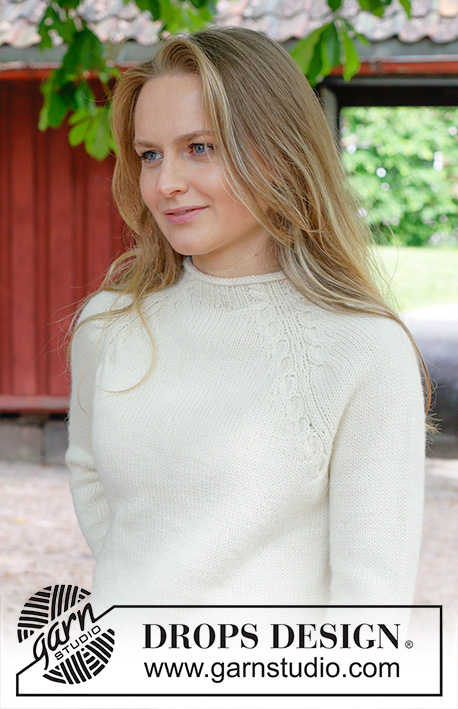 |
||||||||||||
Knitted jumper in DROPS Nepal or DROPS Big Merino. Piece is knitted top down with raglan and cables. Size: S - XXXL
DROPS 255-19 |
|||||||||||||
|
---------------------------------------------------------- EXPLANATION FOR THE PATTERN: ---------------------------------------------------------- PATTERN: See diagrams A.1 to A.4. Diagrams show all rows in pattern seen from the right side. DECREASE TIP: Decrease 1 stitch on each side of marker thread as follows: Work until 3 stitches remain before marker thread and knit 2 together, knit 2 (marker thread is in the middle of these 2 stitches), slip 1 stitch knitwise, knit 1, pass slipped stitch over stitch worked (= 2 stitches decreased). ---------------------------------------------------------- START THE PIECE HERE: ---------------------------------------------------------- JUMPER - SHORT OVERVIEW OF THE PIECE: In this pattern needles of different length have been used, begin with fitting length for number of stitches and switch as needed. Work neck edge and yoke in the round on circular needle from right shoulder back, and work top down. When yoke is done, divide piece for body and sleeves. Work body down wards in the round on circular needle while putting the sleeves aside. Then work sleeves downwards in the round on needle. NECK EDGE: Cast on 100-100-106-106-118-118 stitches on circular needle size 3.5 mm with DROPS Nepal. Beginning of round is at right shoulder at the back. Knit 4 rounds (= stocking stitch), then work rib as follows: Knit 1, purl 1, A.2, * purl 1, knit 2 *, work from *-* over the next 9 stitches, purl 1, A.1, purl 1, knit 2, purl 1, A.2, * purl 1, knit 2 *, work from *-* over the next 15-15-18-18-24-24 stitches, purl 1, A.1, purl 1, knit 2, purl 1, A.2, * purl 1, knit 2 *, work from *-* over the next 9 stitches, purl 1, A.1, purl 1, knit 2, purl 1, A.2, * purl 1, knit 2 *, work from *-* over the next 15-15-18-18-24-24 stitches, purl 1, A.1, purl 1, knit 1. Continue this pattern until A.1 and A.2 have been worked vertically. YOKE: Insert 1 marker after the first 36-36-37-37-40-40 stitches on round (= approx. mid front), measures piece from this marker. Switch to circular needle size 4.5 mm and work next round as follows: Knit 1, purl 1, A.4, knit 8 (= sleeve), A.3, purl 1, knit 2, purl 1, A.4, knit 14-14-17-17-23-23 (= front piece), A.3, purl 1, knit 2, purl 1, A.4, knit 8 (= sleeve), A.3, purl 1, knit 2, purl 1, A.4, knit 14-14-17-17-23-23 (= back piece), A.3, purl 1, knit 1. When this round has been worked, 3 stitches have been increased in each cable (24 stitches increased in total on round) = 124-124-130-130-142-142 stitches. Work 5 rounds with knit over knit and purl over purl, knit yarn overs in A.3 and A.4 twisted. Remember to follow the knitting tension! Then work as follows: Knit 1, purl 1, A.4, knit 14, A.3, purl 1, knit 2, purl 1, A.4, knit 20-20-23-23-29-29, A.3, purl 1, knit 2, purl 1, A.4, knit 14, A.3, purl 1, knit 2, purl 1, A.4, knit 20-20-23-23-29-29, A.3, purl 1, knit 1. When this round has been worked, 3 stitches have been increased in each cable (24 stitches increased in total on round) = 148-148-154-154-166-166 stitches. Work 5 rounds with knit over knit and purl over purl, knit yarn overs in A.3 and A.4 twisted. Continue pattern and increase this way until cable has been done 6-6-7-8-8-8 times in total, there are 244-244-274-298-310-310 stitches on needle. Then continue with cables and increases on front piece and back piece but increases on sleeves are now done, work stocking stitch over these stitches (1 purl + 2 knit + 1 purl in every transition between body and sleeves continues as before). Continue increase until cable has been done 10-11-11-13-13-14 times in total on body (and 6-6-7-8-8-8 times on sleeves), there are now 292-304-322-358-370-382 stitches on round. Work 3 rounds with pattern as before , without cable. Piece measures approx. 25-28-28-33-33-35 cm, measured from marker after neck edge. DIVIDING FOR BODY AND SLEEVES: AT THE SAME TIME as next round is worked divide yoke for body and sleeves as follows: Slip the first 58-58-64-70-70-70 stitches on a thread for sleeve, cast on 4-6-8-8-10-16 new stitches on needle (= in the side mid under sleeve), work 88-94-97-109-115-121 stitches in stocking stitch (= front piece), slip the next 58-58-64-70-70-70 stitches on a thread for sleeve, cast on 4-6-8-8-10-16 new stitches on needle (= in the side mid under sleeve), and work the last 88-94-97-109-115-121 stitches in stocking stitch (= back piece). Work body and sleeves separately and beginning of round is in the transition between body and sleeve. BODY: = 184-200-210-234-250-274 stitches. Work stocking stitch as before until piece measures 42-44-46-47-49-51 cm from marker mid front. Switch to circular needles size 3.5 mm, work rib (= knit 2/purl 1) while AT THE SAME TIME increasing 20-22-21-24-26-29 stitches evenly on 1st round = 204-222-231-258-276-303 stitches. When rib measures 6-6-6-7-7-7 cm cast off. Jumper measures 48-50-52-54-56-58 cm from marker mid front and approx. 54-56-58-60-62-64 cm from the top of shoulder. SLEEVES: Slip 58-58-64-70-70-70 sleeve stitches from one thread on to circular needle size 4.5 mm and pick in addition up 1 stitch in each of the 4-6-8-8-10-16 stitches cast on under sleeve = 62-64-72-78-80-86 stitches. Insert 1 marker thread in the middle of the 4-6-8-8-10-16 new stitches under sleeve - round begins at the marker thread. Work in stocking stitch in the round on needle - AT THE SAME TIME when sleeve measures 3 cm from division, decrease mid under sleeve – read DECREASE TIP and decrease as follows: Decrease 2 stitches every 5-4½-3-2-2-1½ cm 7-7-10-12-12-14 times in total = 48-50-52-54-56-58 stitches. Work until sleeve measures 36-34-34-30-29-28 cm from division. Switch to double pointed needles size 3.5 mm and work rib (= knit 2/purl 1) while AT THE SAME TIME increasing 6-7-5-6-7-5 stitches evenly on 1st round = 54-57-57-60-63-63 stitches. When rib measures 6-6-6-7-7-7 cm cast off. Sleeve measures approx. 42-40-40-37-36-35 cm from division. |
|||||||||||||
Diagram explanations |
|||||||||||||
|
|||||||||||||
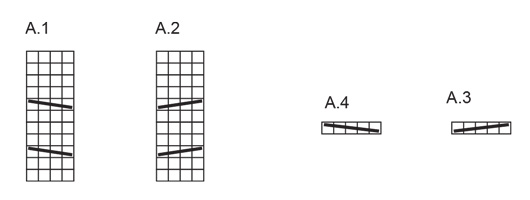 |
|||||||||||||
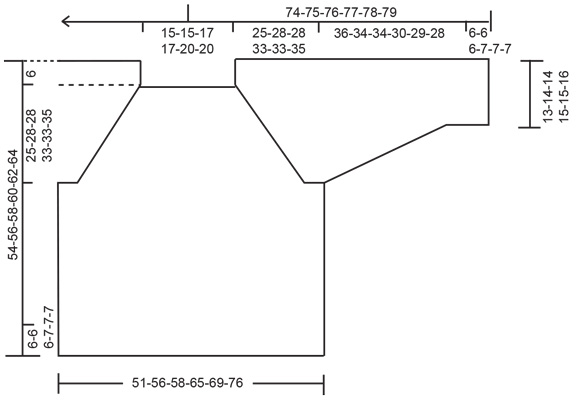 |
|||||||||||||
Have you finished this pattern?Tag your pictures with #dropspattern #snowdriftsweater or submit them to the #dropsfan gallery. Do you need help with this pattern?You'll find 26 tutorial videos, a Comments/Questions area and more by visiting the pattern on garnstudio.com. © 1982-2025 DROPS Design A/S. We reserve all rights. This document, including all its sub-sections, has copyrights. Read more about what you can do with our patterns at the bottom of each pattern on our site. |
|||||||||||||







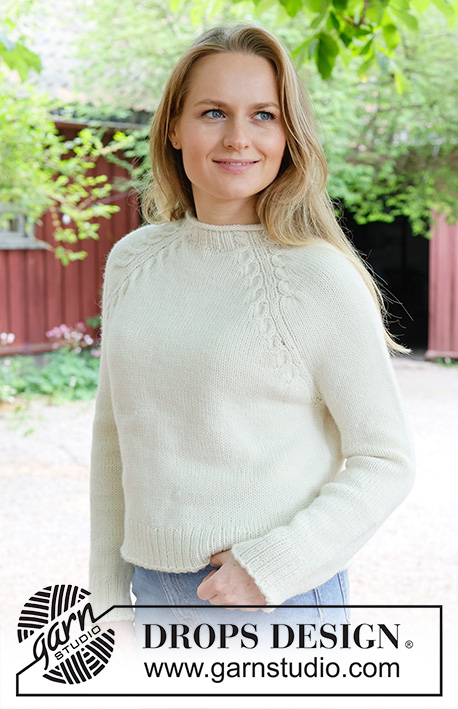
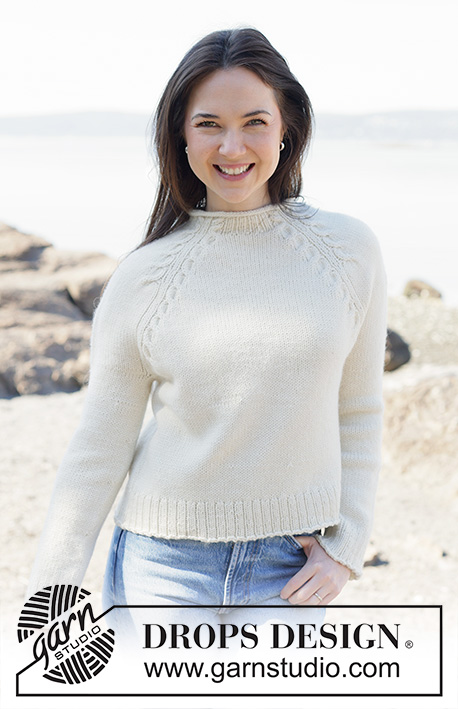
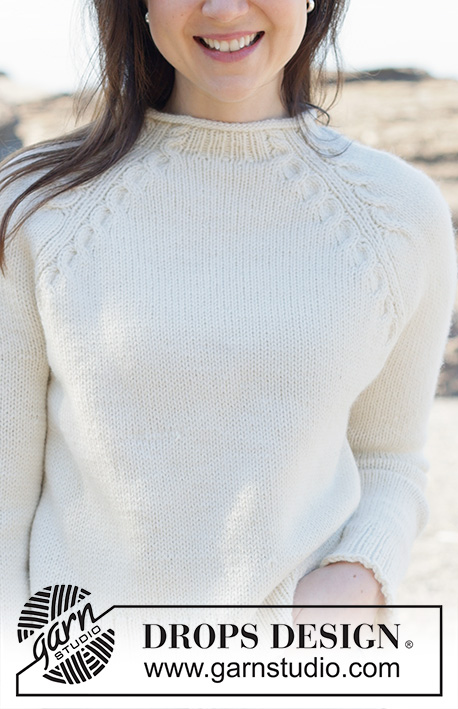

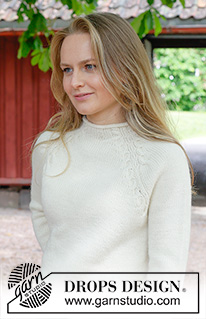
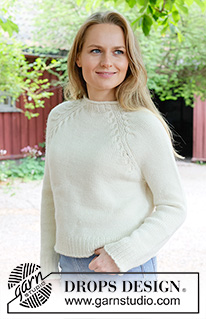

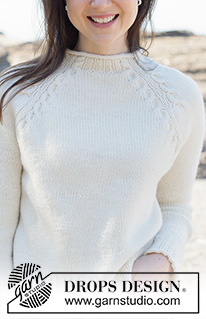
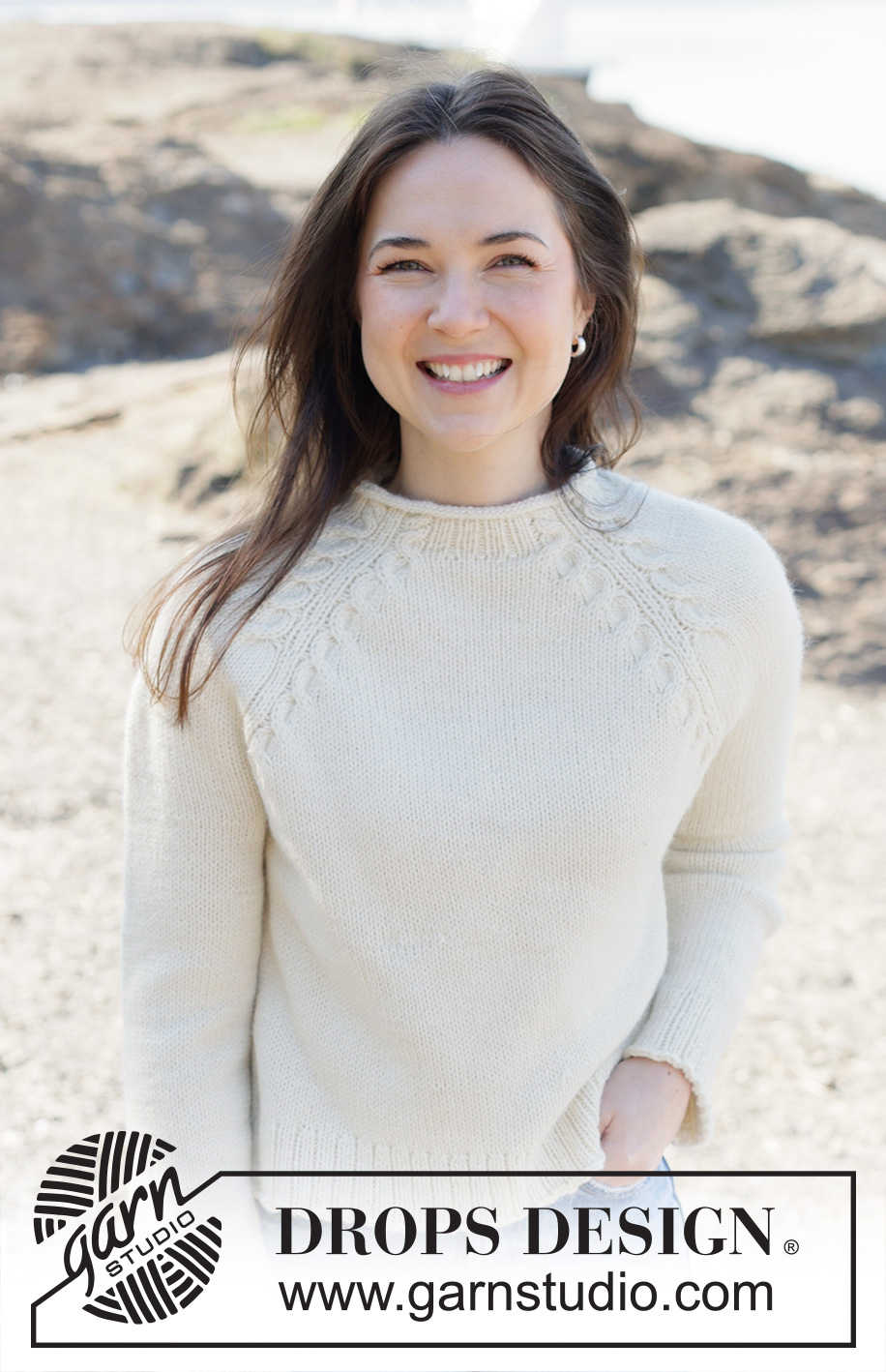
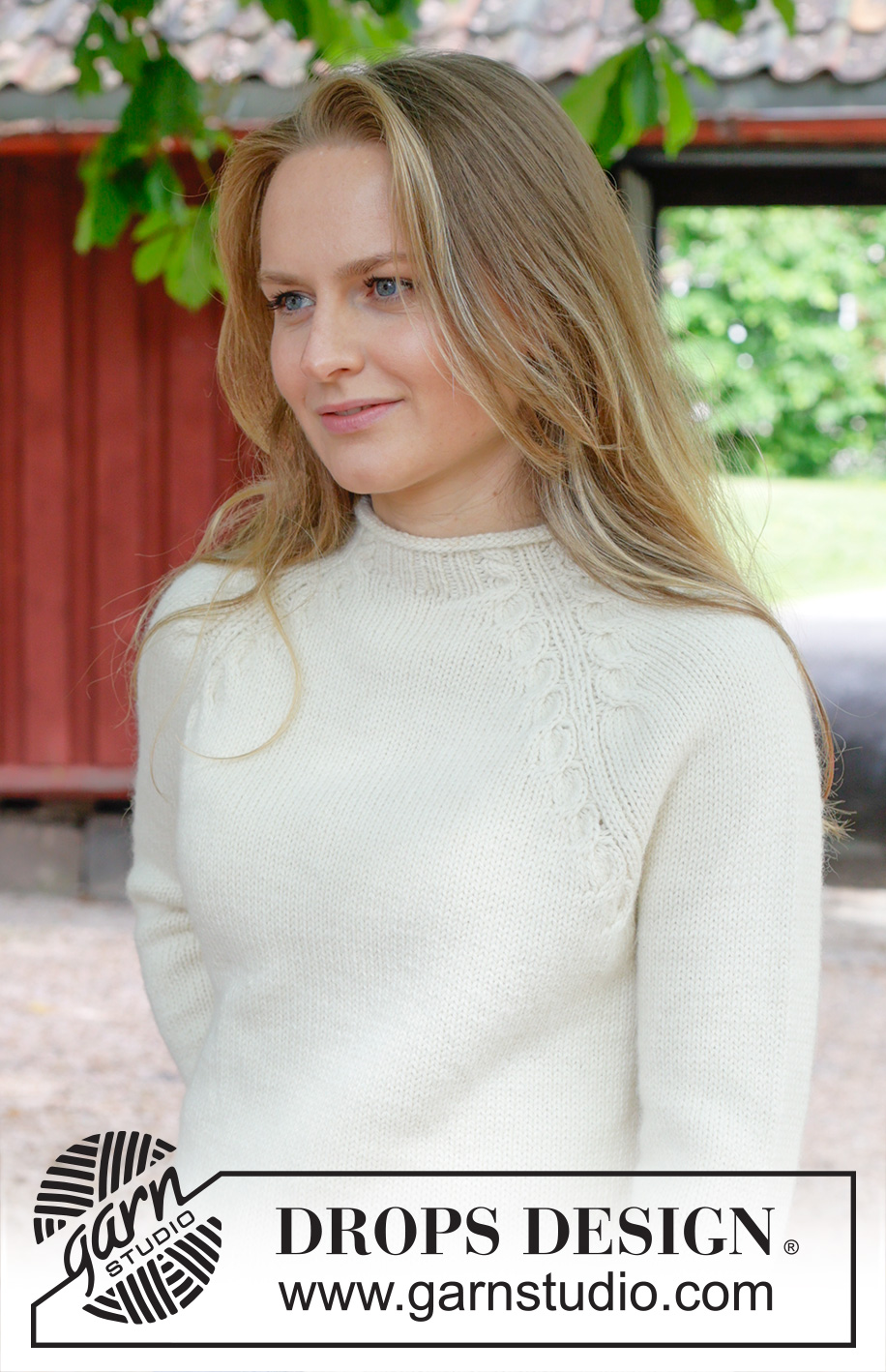
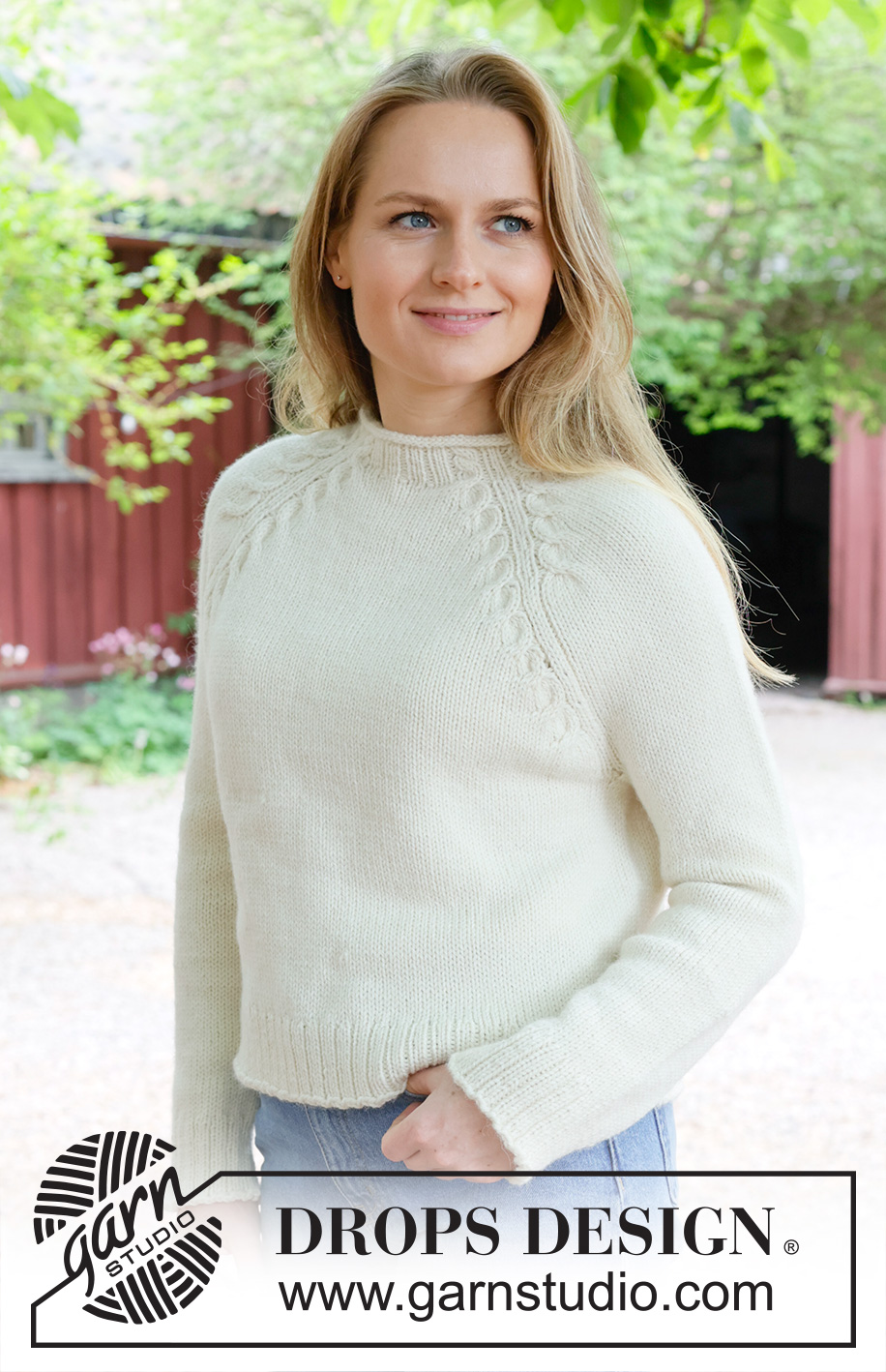

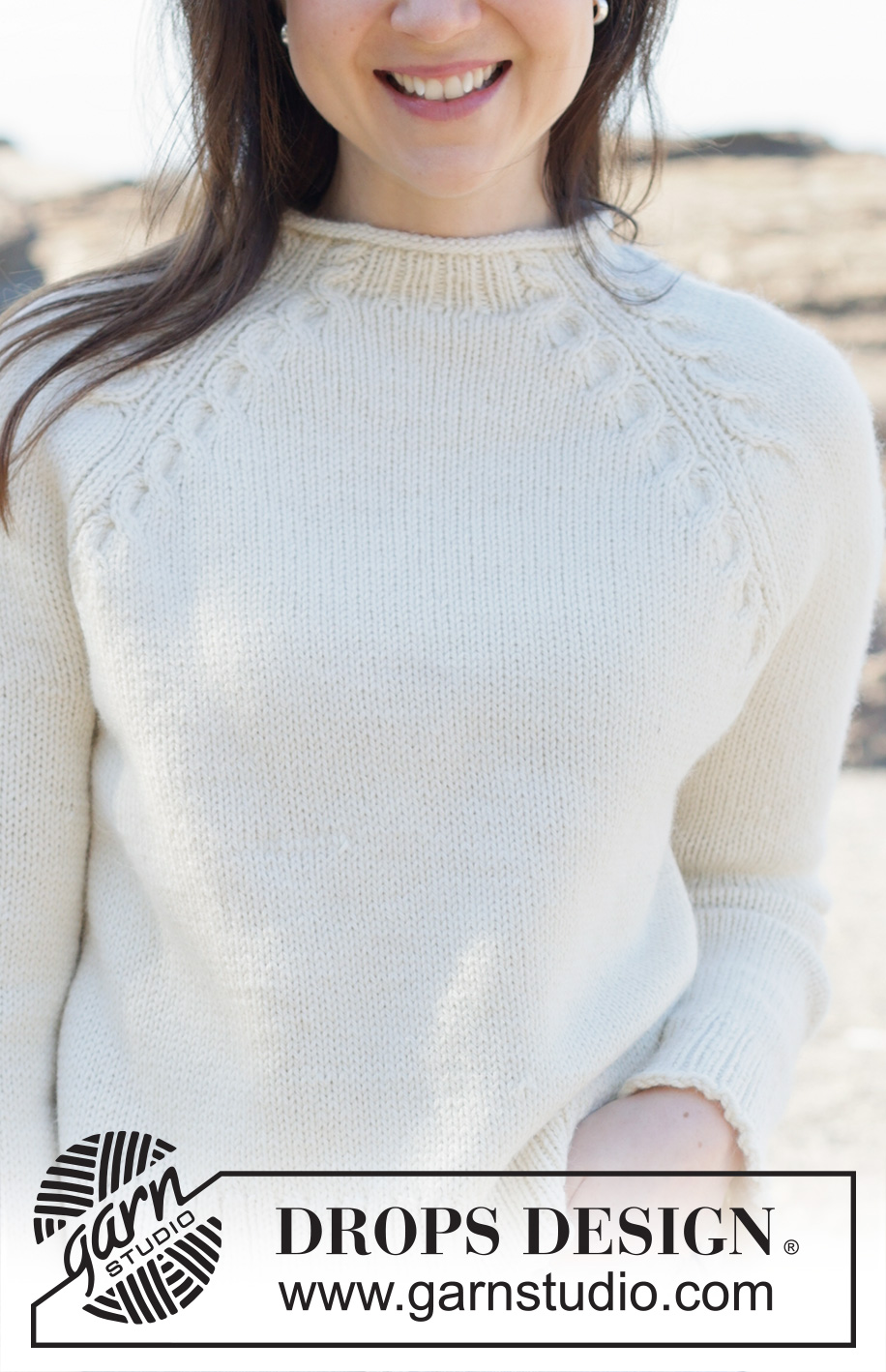

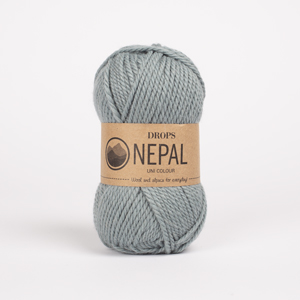
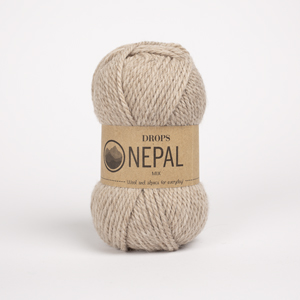
















































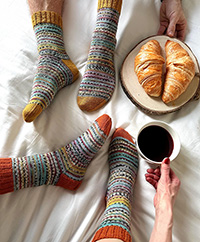
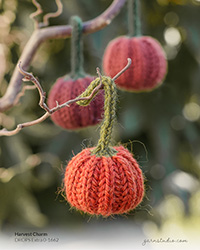



Post a comment to pattern DROPS 255-19
We would love to hear what you have to say about this pattern!
If you want to leave a question, please make sure you select the correct category in the form below, to speed up the answering process. Required fields are marked *.